Big Oil faces a flood of climate lawsuits — and they’re moving closer to trial
Grist
MARCH 8, 2024
The industry’s current line of argument in the Honolulu case (and others) is that these lawsuits are about the broader issue of emissions and pollution, and that the federal Clean Air Act preempts any claim brought by cities and states. Last week, the companies asked the Supreme Court to toss that ruling.


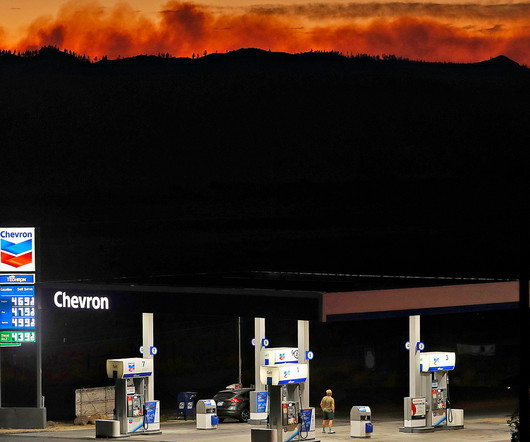


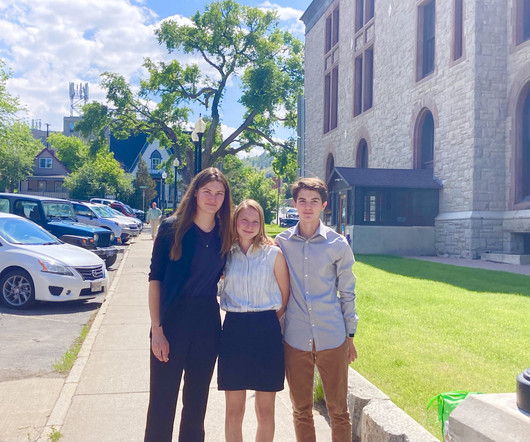
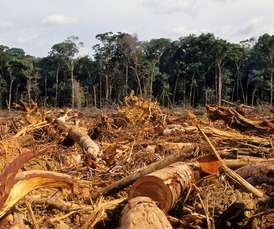

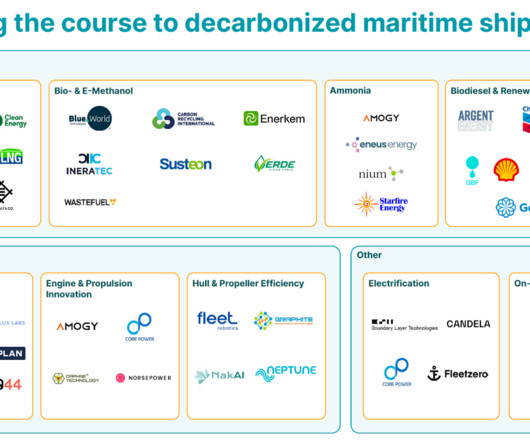


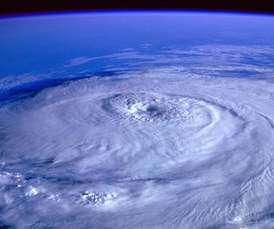



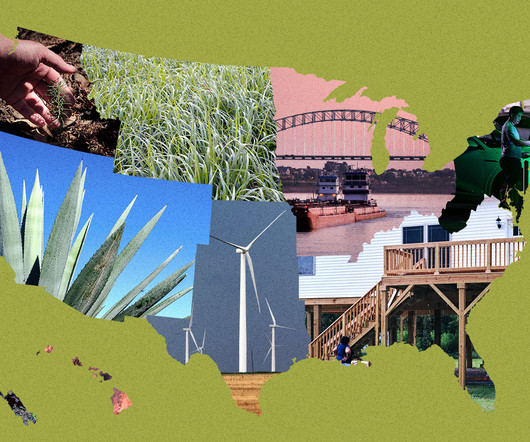








Let's personalize your content